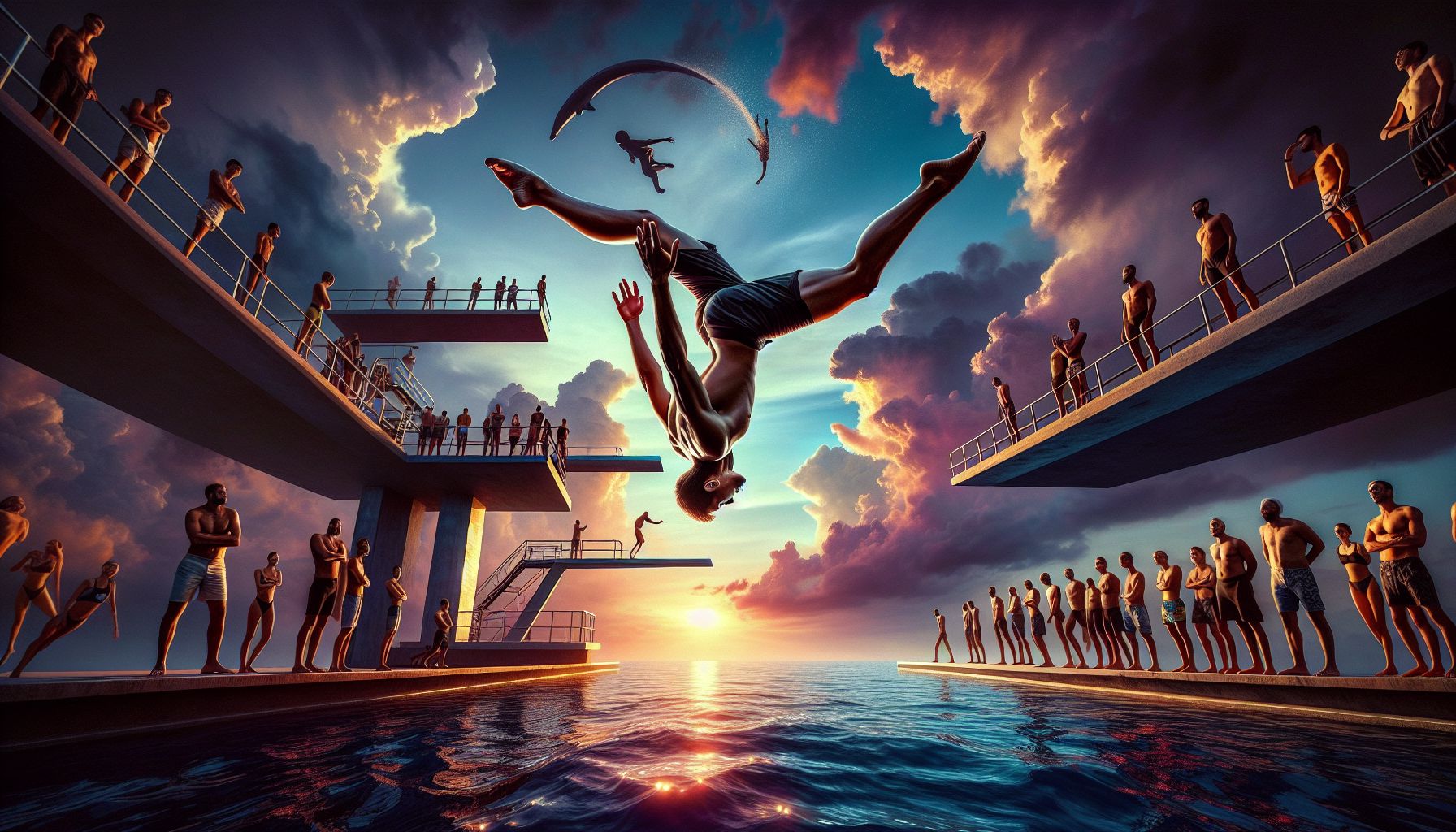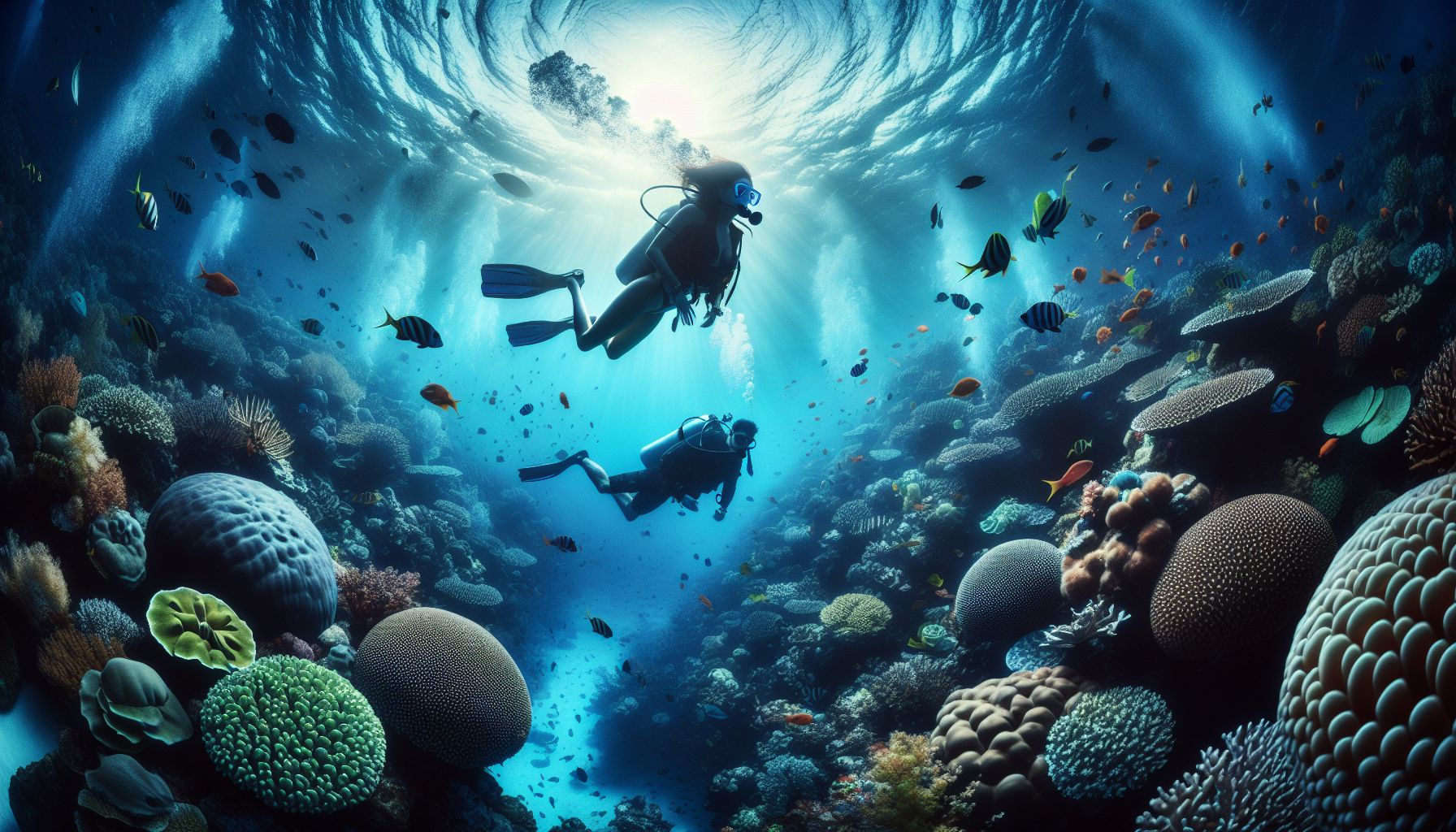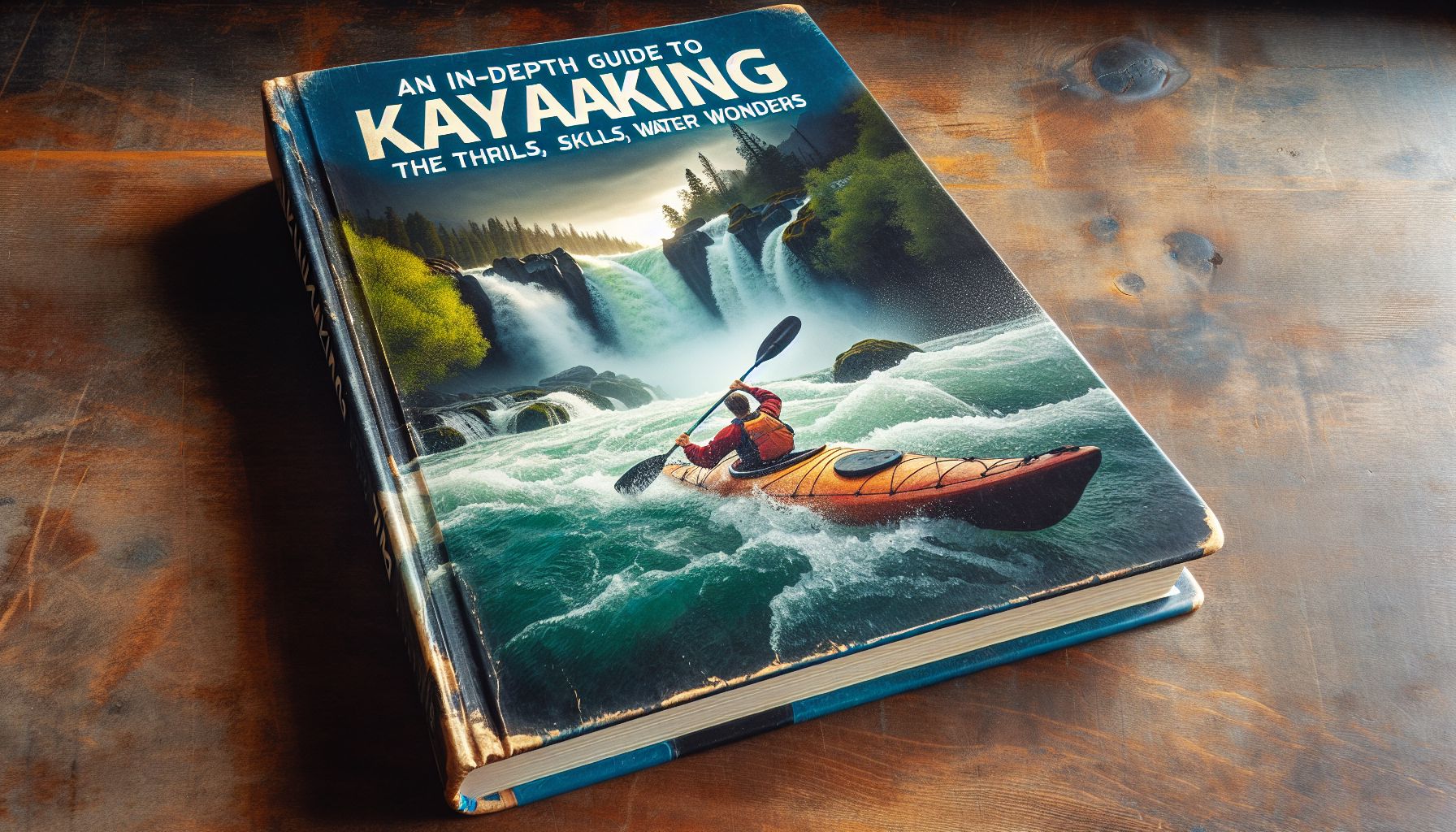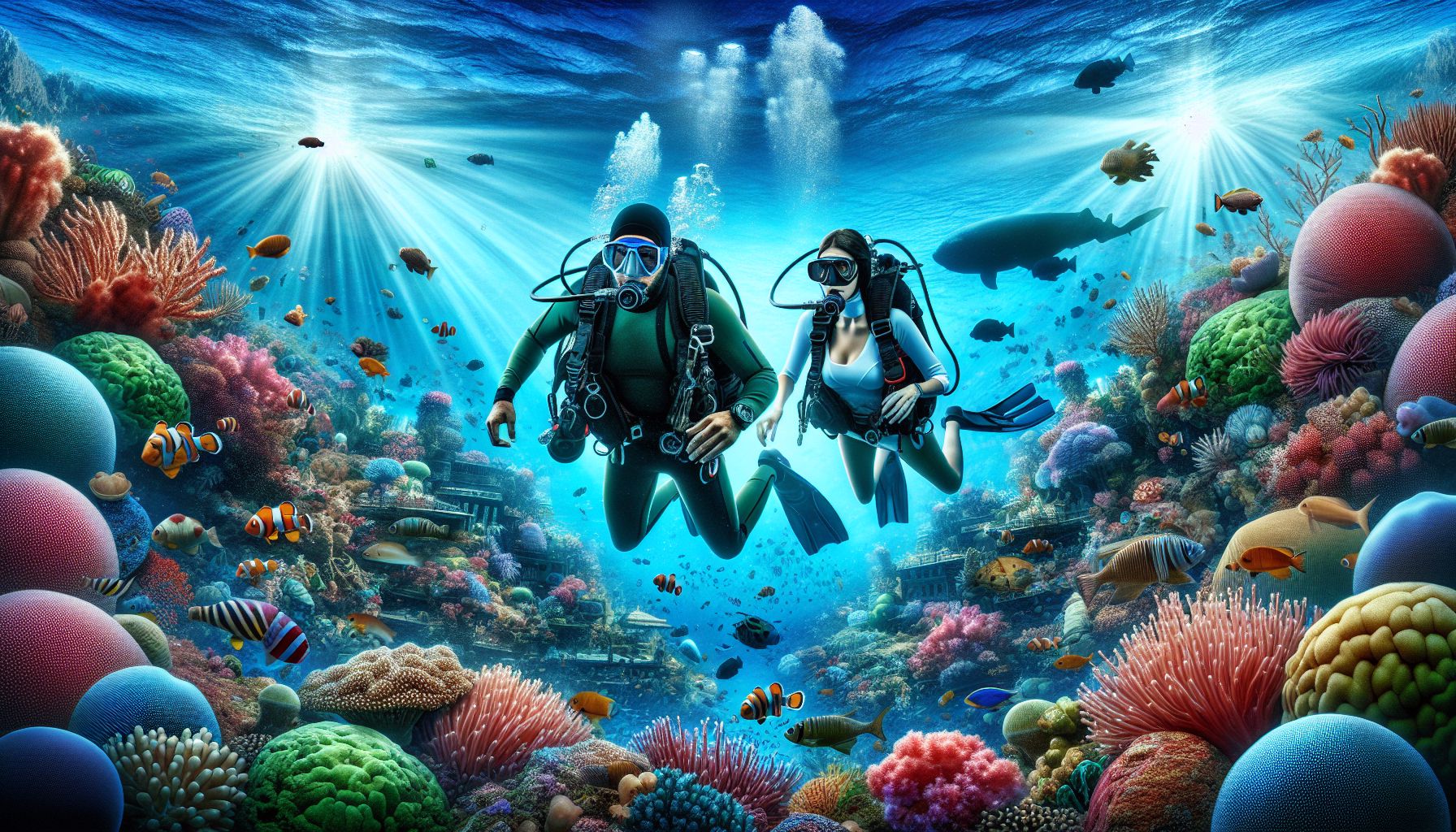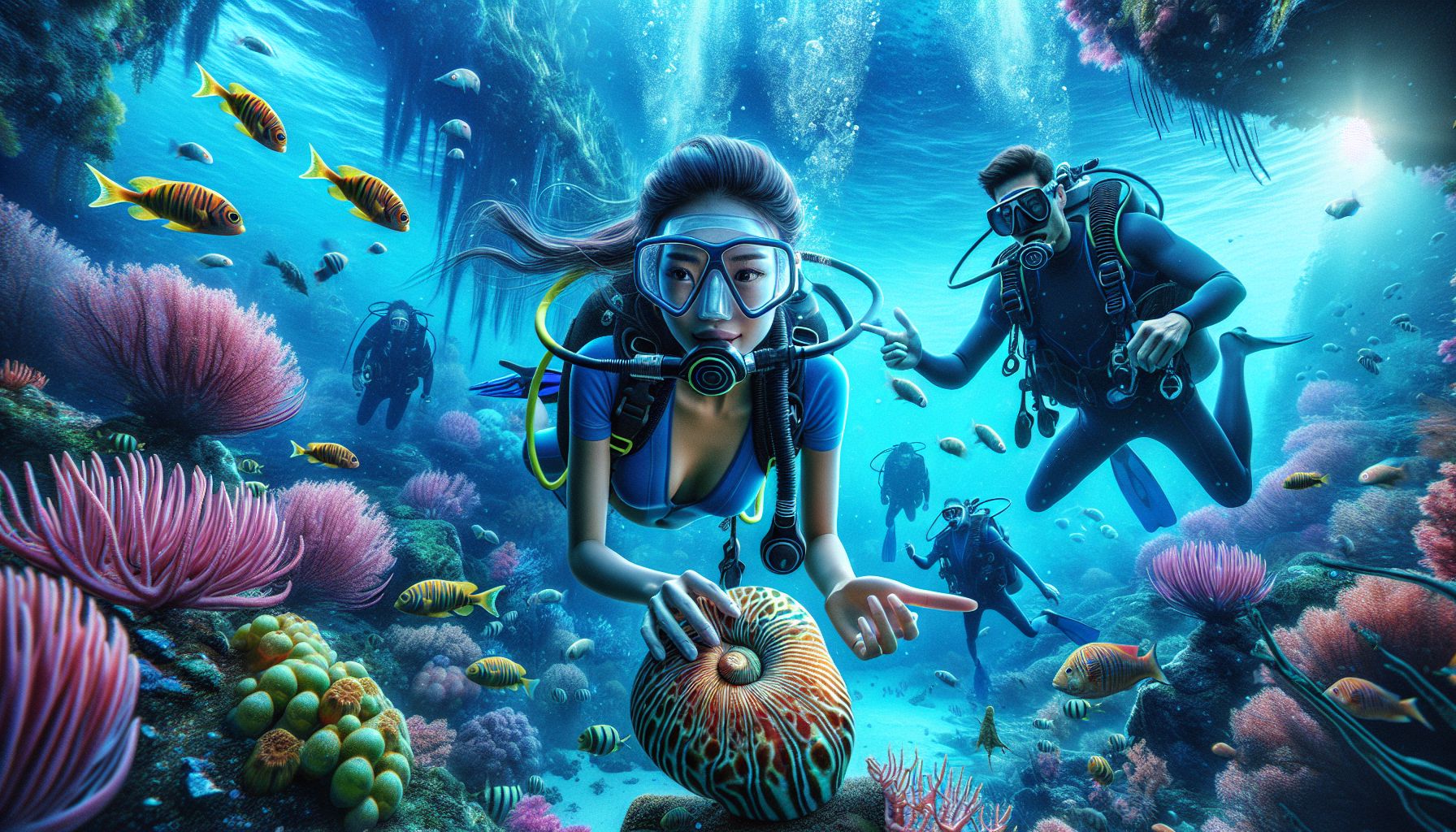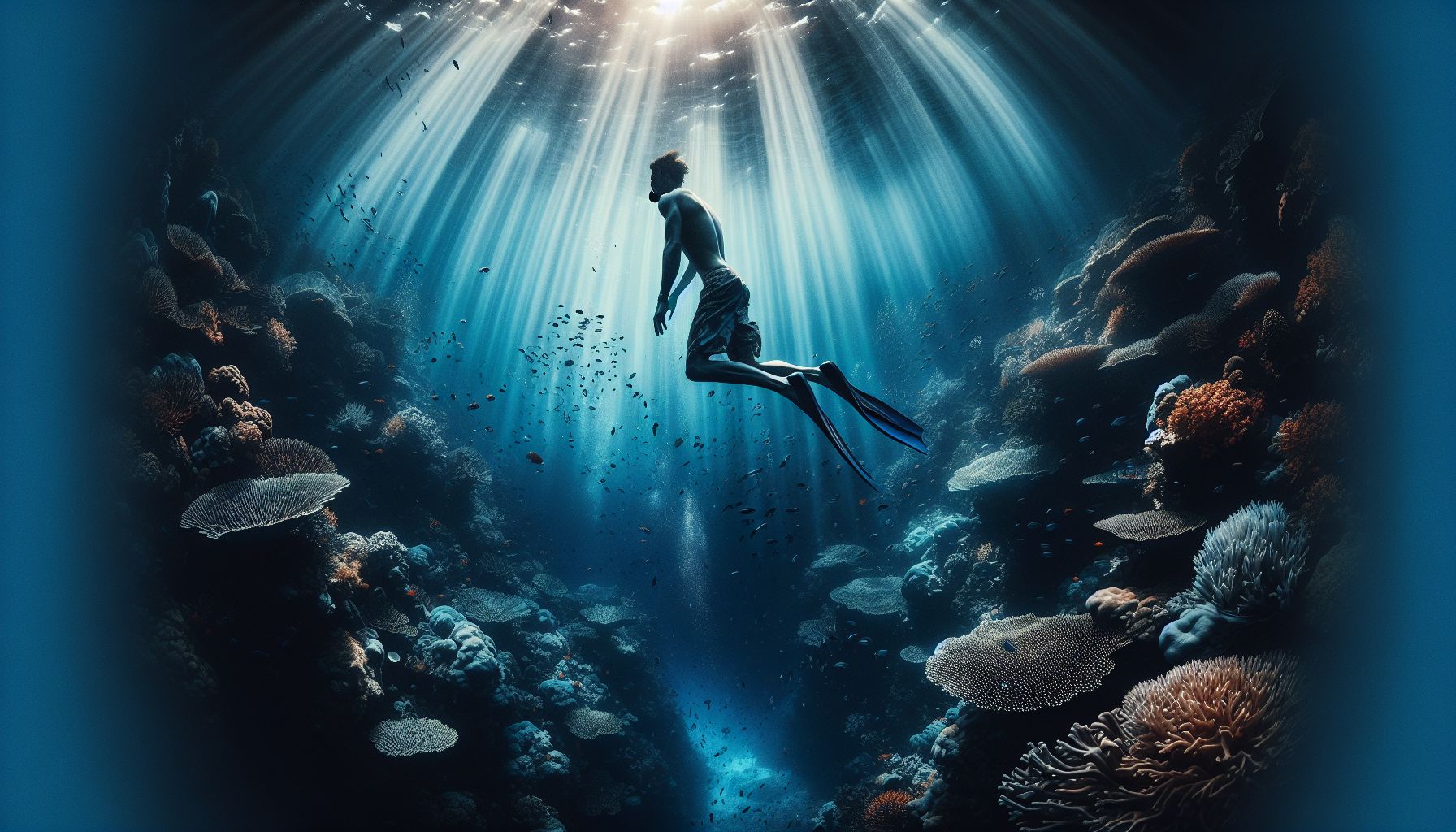Scuba diving is more than just a sport; it’s an adventure that opens up an entirely new world beneath the waves, a realm that remains a mystery to many. For some, it represents the ultimate form of exploration, a way to witness firsthand the incredible life and landscapes that lie beneath the ocean’s surface. This comprehensive guide delves into the captivating world of scuba diving, providing enthusiasts with the knowledge they need to embark on their underwater journeys.
What is Scuba Diving?
Scuba, which stands for Self-Contained Underwater Breathing Apparatus, allows divers to breathe underwater using a tank of compressed air and a diving regulator. This equipment enables you to explore underwater environments for extended periods, far beyond what you could experience simply snorkeling or holding your breath.
Getting Certified: The First Step into the Blue
Before you can dive into the deep, acquiring proper certification through a recognized diving organization such as PADI (Professional Association of Diving Instructors) or NAUI (National Association of Underwater Instructors) is essential.
Open Water Diver Certification
The basic diving certification, typically called Open Water Diver, involves a combination of theory, confined water dives to learn skills in a pool-like environment, and open water dives to practice and demonstrate your abilities in a natural setting.
Advanced and Specialty Certifications
After earning your open water certification, you can further your education and skills by pursuing advanced and specialty courses such as Advanced Open Water, Rescue Diver, or Master Scuba Diver. These can include deep diving, underwater navigation, wreck diving, and night diving, among others.
Essential Scuba Gear: The Diver’s Toolkit
A diver’s gear is what makes exploring the underwater world possible. Here’s an overview of the essential equipment:
- Diving Mask: Essential for clear vision underwater.
- Snorkel: Allows breathing while swimming face down on the surface.
- Fins: Provide efficient propulsion through the water.
- Exposure Suit: Wetsuits or drysuits maintain body temperature and protect against abrasions.
- Scuba Tank: Carries the air supply.
- Regulator: Reduces the high-pressure air in the tank to a breathable pressure.
- Dive Computer: Monitors depth, bottom time, and no-decompression limits.
- Buoyancy Control Device (BCD): A vest that holds your gear and lets you control your buoyancy.
- Weights: Used with a BCD to overcome buoyancy of wetsuit or body fat.
- Accessories: Dive light, compass, dive knife, and surface signaling devices.
Every piece of gear should fit well and be suitable for the diving environment you plan to explore.
The Diving Experience: What to Expect Underwater
As you descend, you enter a world that operates under different rules. Buoyancy, pressure, and breathing all take on new dimensions.
Buoyancy
Neutral buoyancy is the goal, achieved through precise use of your BCD and breathing technique. It allows you to hover effortlessly, neither sinking nor floating.
Pressure
As you dive deeper, pressure increases which affects your body and the air you breathe. It’s crucial to equalize the pressure in your ears and other air spaces to prevent discomfort or injury.
Breathing
Breathing underwater is rhythmic and deep, which is not only calming but also essential to manage air consumption and buoyancy.
Marine Life and Conservation
Encountering marine life is one of the thrills of diving. From colorful fish to majestic turtles, each dive can bring surprises. With this privilege comes responsibility. Divers are ambassadors for ocean conservation, adhering to practices like no-touch, no-take, and no-chase to minimize the impact on marine ecosystems.
The Role of Divers in Conservation
Scuba divers often become passionate advocates for the underwater environment. They witness the beauty and fragility of marine ecosystems firsthand, leaving many eager to contribute to conservation efforts.
Advanced Exploration: Wreck Diving, Cave Diving, and Beyond
For those seeking even more adventure, specialized diving such as wreck diving or cave diving can be exhilarating. These environments require additional training and experience due to their inherent risks.
Wreck Diving
Wreck dives provide a glimpse into history, as ships, airplanes, and even cars rest on the ocean floor. These artificial reefs also serve as habitats for a variety of marine life.
Cave Diving
Cave diving offers a unique challenge and allure, taking divers into the earth’s hidden water-filled caverns. This type of diving is for the experienced and well-trained adventurer due to its challenging conditions and potential hazards.
Safety First: Understanding the Risks
Although scuba diving is relatively safe with proper training and precautions, it’s not without risks such as decompression sickness (the bends), nitrogen narcosis, or equipment malfunctions.
Health and Fitness for Diving
Good health and a basic level of fitness are prerequisites for diving. Conditions such as heart or lung problems, ear issues, and certain medications can pose risks and should be assessed by a physician.
Dive Planning and Buddy System
Dive planning and diving with a buddy are critical safety practices. By planning your dive and diving your plan, you maintain a structure that ensures safety. The buddy system allows for mutual assistance and monitoring.
Where to Dive: The World’s Best Diving Destinations
The world is full of incredible diving spots, each with its unique characteristics.
The Coral Triangle
Home to more than 75% of the world’s coral species, the Coral Triangle in Southeast Asia is a paradise for divers.
The Great Barrier Reef
Australia’s iconic reef is the world’s largest and offers diverse diving experiences.
The Red Sea
With its clear waters and vibrant sea life, the Red Sea is a renowned diving destination in Egypt and Sudan.
Caribbean Sea
Known for its warm water, great visibility, and an abundance of marine life, the Caribbean is a favorite for divers of all levels.
Iceland’s Silfra Fissure
Divers can touch two continents at once in the crystal-clear waters of Silfra, which is between the North American and Eurasian tectonic plates.
Conclusion
Scuba diving is an adventure that rewards you with sights and experiences few get to witness. Whether exploring coral reefs, sunken ships, or underwater caves, it offers a lifetime of discovery and the chance to connect with the marine world in profound ways.
By respecting the environment and staying safe through proper training and preparation, you can enjoy the wonders of the deep for many years to come.
Sources for Further Reading and Certification:
- PADI – The Way the World Learns to Dive
- NAUI Worldwide – Dive Safety Through Education
- Project AWARE – Ocean Protection Powered by Divers
From the thrilling feeling of breathing underwater to the stunning biodiversity of marine life, scuba diving is both a sport and an ecological education. Every dive is an opportunity to explore, to learn, and to become endlessly fascinated by the world’s aquatic wonders.
